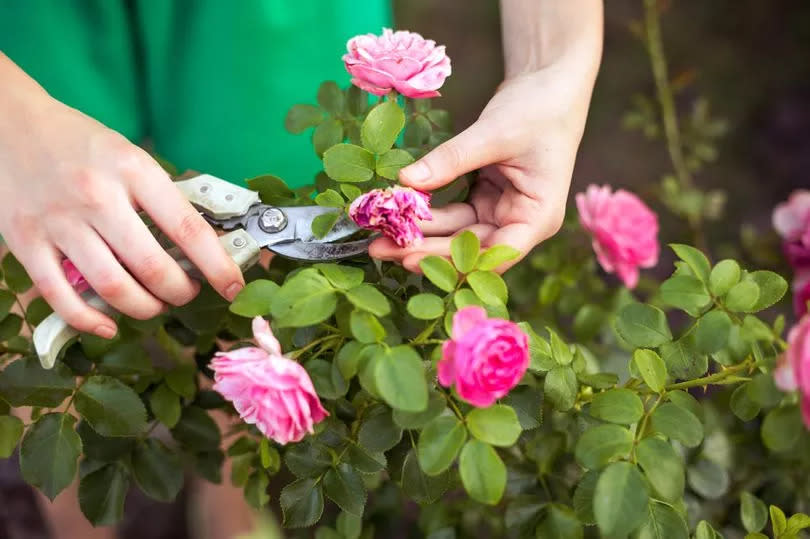Monty Don says prune these four plants in July for optimal growth and flowering

Pruning is typically associated with winter gardening, but there are several benefits to carrying out this task in July.
This time of year is ideal for restoring your plants through pruning, as gardeners are able to rectify any problems. As well as this, it's often easier to see your plant's canopy, making it simpler to identify parts that need removed.
However, you should try to steer clear of any significant structural pruning, as this is more of a winter job. Incorrect pruning during summer could lead to unwanted stress on the plant, possibly resulting in valuable bud loss.
To help gardeners out, horticulture expert Monty Don has shared tips on pruning four specific plants requiring attention this month. Here's his advice, as reported by the Express.
What should you prune in July?
Early-flowering perennials
According to the gardening guru, early flowering perennials such as oriental poppies, delphiniums and hardy geraniums should "all be cut back to the ground". This invites "fresh regrowth and repeat flowering" in upcoming months.
As well as this, trimming these also makes room for tender annuals and perennials in borders.
For best results, gardeners are advised to clear all pruned remnants to the compost heap, weed around the base of the plants, water if necessary and avoid planting too close to them to ensure they receive enough light and space to bloom again by summer's end.
Rambling roses
On this note, it is "very important" to perpetually deadhead roses as petals fade so as to "encourage repeat flowering", despite some roses having completed their yearly cycle already.
Especially referring to most ramblers, these should be pruned immediately post-flowering.
In case gardeners are sceptical about whether their rose falls under the category of a climber or rambler, "ramblers tend to be much more vigorous and always have a mass of small flowers that never repeat" after they finish blooming.
Apples and pear trees
Pruning apples and pears during the summer months can prove "very useful" particularly for trained forms or mature trees that have grown too large or congested.
Unlike winter pruning, which happens when the tree is dormant, heavy cutting back now "will not stimulate vigorous regrowth".
When training a specific new shoot isn't in progress, Monty advises to: "Remove all this year's growth back to a couple of pairs of leaves (usually about two to four inches) being careful not to remove any ripening fruits."
Doing so at present also enables higher light and air exposure onto fruit that's ripening and prevents trees from getting overly congested with unproductive branches.
Currants
Following gooseberries, red, and white currants harvest, it seems like a good idea to give them a "summer prune".
To achieve this, gardeners should remove any new growth that is overcrowding the centre of the bushes and trim back the new shoots they wish to retain by approximately a third. This will allow light and air to penetrate the plant, promoting the ripening of the wood and the formation of spurs which will bear next year's fruits.
Blackcurrants can be pruned aggressively - eliminating up to a third of each bush - right after harvest.

 Yahoo News
Yahoo News 
